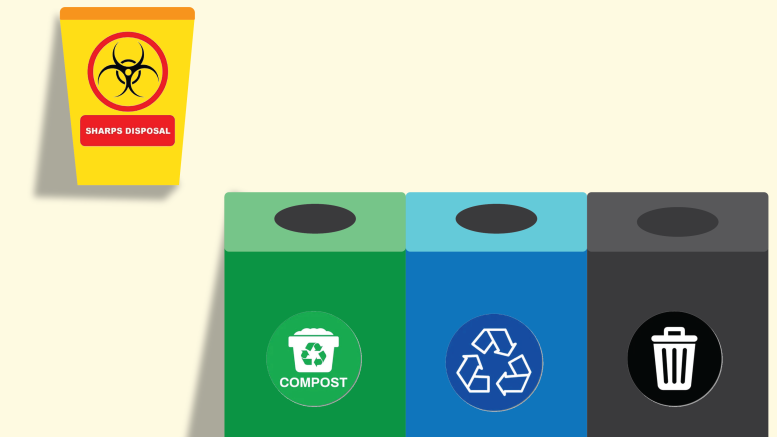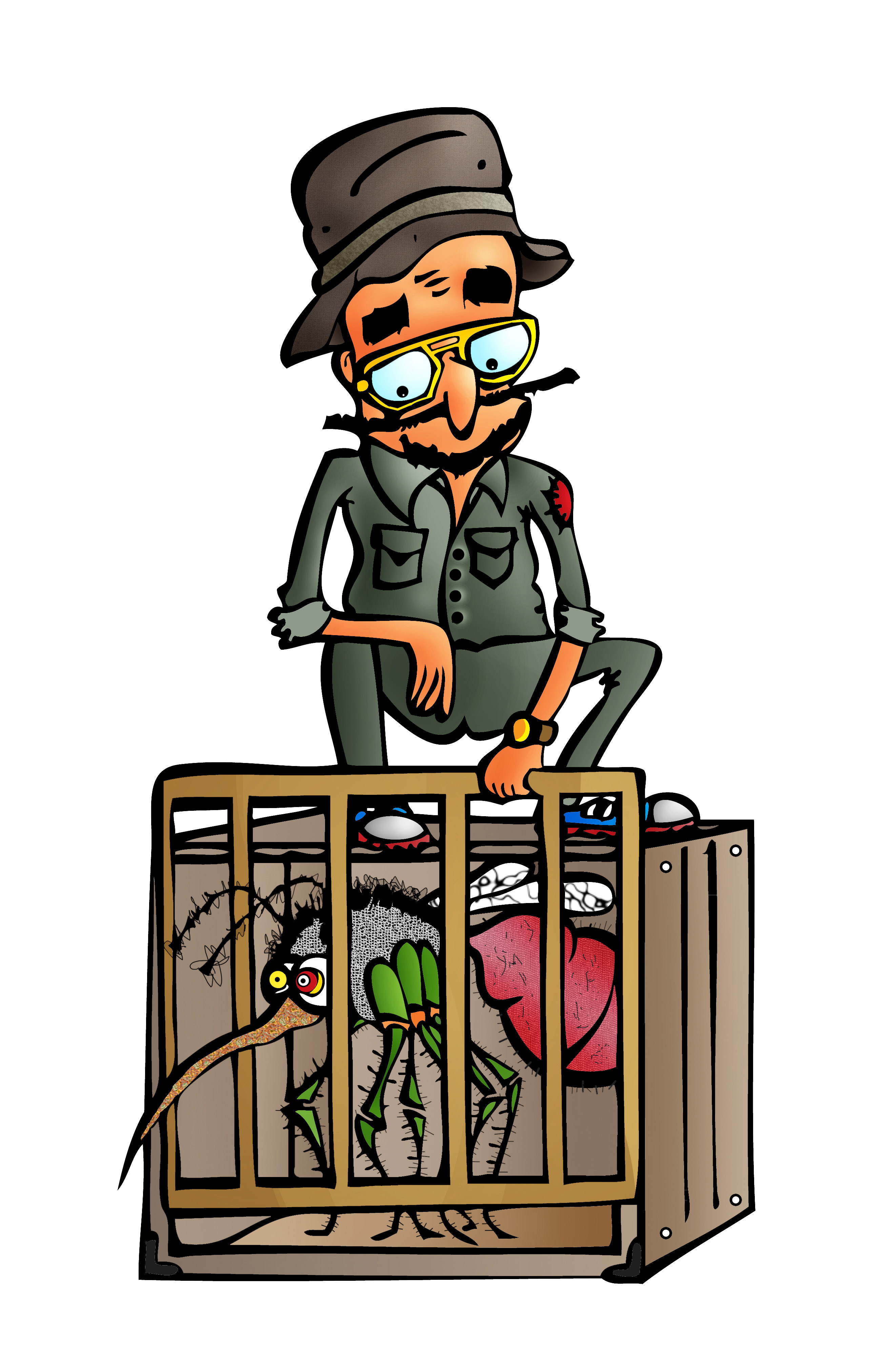Harm reduction, a critical approach to addressing substance use issues, forms the foundation of assistant professor in the college of nursing Em Pijl’s research program. At its core, this set of strategies seeks to minimize the negative effects associated with substance use while recognizing the complex factors that contribute to it.
Pijl’s interest in harm reduction can be traced back to her prior work experience in Vancouver’s Downtown Eastside, one of Vancouver’s oldest neighborhoods and an area that has faced elevated rates of drug use.
This background naturally led Pijl to a continued focus on the same demographic, shaping the course of her research pursuits.
Now at the U of M, her work encompasses various critical aspects of harm reduction — including supervised consumption sites, opioid agonist therapy, safe supply initiatives and changing public perceptions of harm reduction.
Supervised consumption sites offer a controlled and safe environment for individuals to consume substances under medical supervision. Pijl explores the clinical and public health merits of such facilities, emphasizing that supervised consumption sites play a pivotal role in saving lives and reducing harm.
Opioid agonist therapy, another aspect of Pijl’s research, involves managing opioid addiction. Pijl focuses on finding ways to help successfully treat those with addictions to substances like fentanyl and heroin.
Safe supply initiatives aim to provide individuals with a safer source of drugs opposed to obtaining substances from a tainted supply.
“If we can provide people with a safer supply of drugs instead of a tainted supply, then there should be fewer opioid-related deaths,” Pijl said.
A significant part of Pijl’s research delves into understanding public perceptions of supervised consumption sites and harm reduction strategies.
Pijl is intrigued by the dichotomy in public opinion where some people fully support harm reduction initiatives, while others remain resistant to their implementation despite having access to substantial information supporting the effectiveness of these strategies.
“I’m doing some work with people in other faculties as well, including sociology and psychology, to understand why some people have all the information and they still reject these services,” she said.
She seeks to unravel the underlying reasons behind this divide, examining how emotions and cognitive biases influence individuals’ stances on harm reduction.
Additionally, Pijl extends her research into rural, remote and Indigenous communities in Manitoba, addressing the unique challenges faced when delivering harm reduction services to these areas.
She said a lack of supervised consumption sites in Manitoba has been a notable issue. Currently, Winnipeg has a mobile overdose prevention site run by Sunshine House, which began operating last October. However, the site does not receive any provincial funding. The government’s resistance to implementing such programs despite evidence of their efficacy remains a challenge, she said.
“Things may change with the change in government, but the government in Manitoba so far has actually withstood all our efforts to get supervised consumption programs in Winnipeg for these drugs,” she added.
Pijl emphasized the need for increased harm reduction services in Manitoba — viewing substance use and addiction not merely as individual problems but as public health concerns demanding comprehensive solutions.
“I think Manitoba really needs to step up its game,” she said.
She stressed that the opioid crisis cannot be ignored and proactive measures are needed to address it.
Through her research, Pijl has found that the barriers to harm reduction are multifaceted.
Pijl said that the emotional responses of individuals, often rooted in deeply ingrained biases, serve as a significant barrier to the implementation of harm reduction strategies. She emphasized the need for productive dialogue that bridges the gap between opposing viewpoints, moving beyond divisive rhetoric.
She added that political leaders who dismiss scientific evidence and lack an understanding of the existing literature pose another significant hurdle, citing the report titled “Harm Reduction services in Winnipeg: A Consolidating Report and Call to Action,” which covers roadmaps that have failed to translate into meaningful action in Manitoba due to a lack of support from the government.
The lack of resources dedicated to mental health services compounds the problem. Pijl emphasized that access to treatment and rehabilitation remains limited, leaving many individuals struggling with addiction without adequate support.
“If Manitoba doesn’t have the resources to help people who are really struggling, then it’s just going to get worse,” she said.
Through her work, Pijl hopes to promote more productive dialogue regarding harm reduction.
“I wish we could come a little bit more towards the centre and try to understand each other just a little bit better so that we can have better conversations,” she said, “so that we can help people that are struggling without losing sight of some of the contextual pieces at play.”




